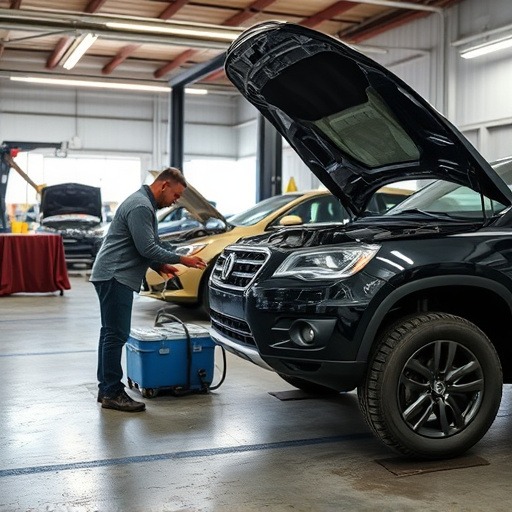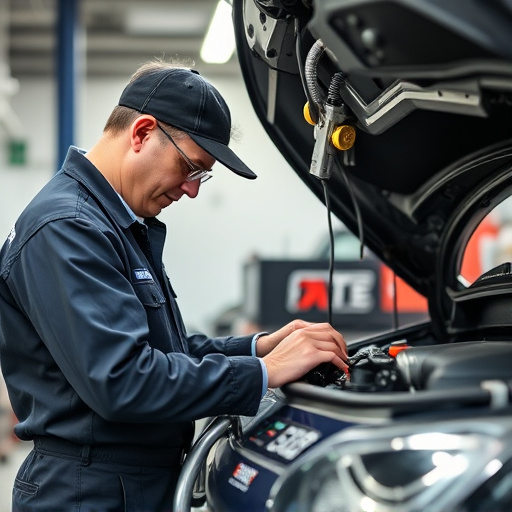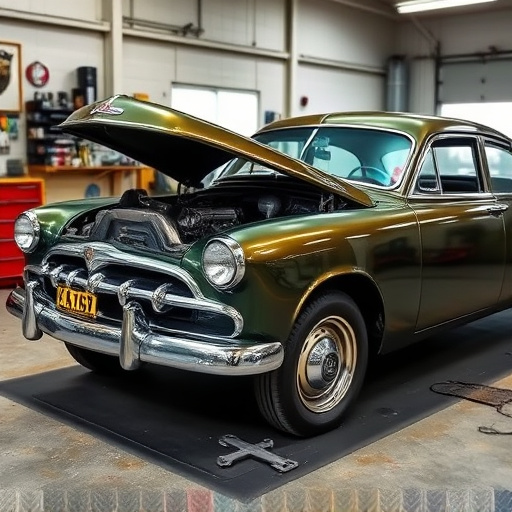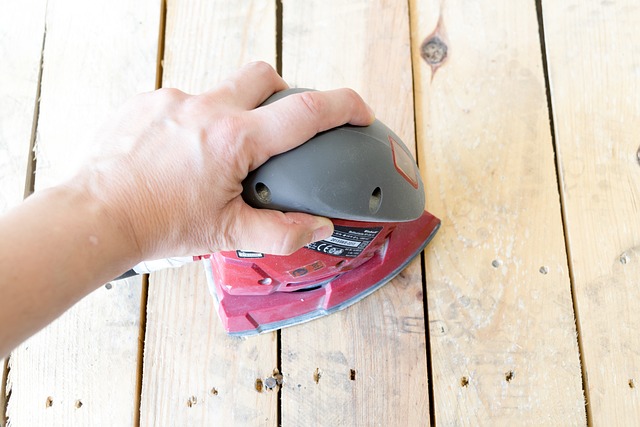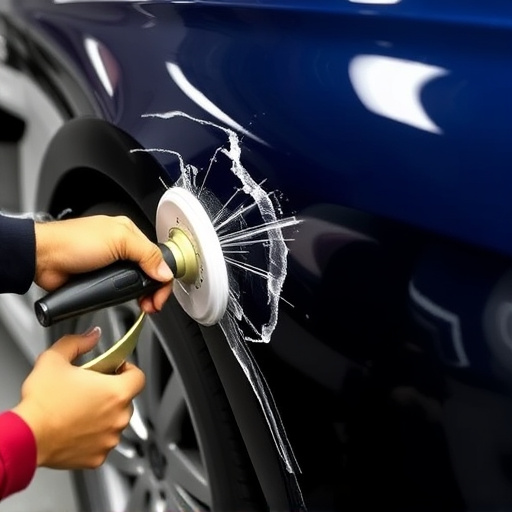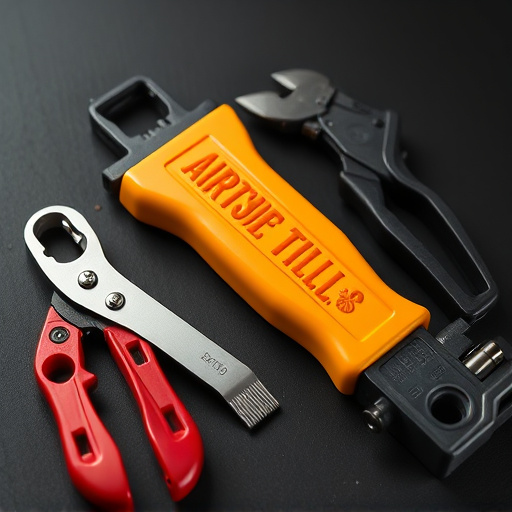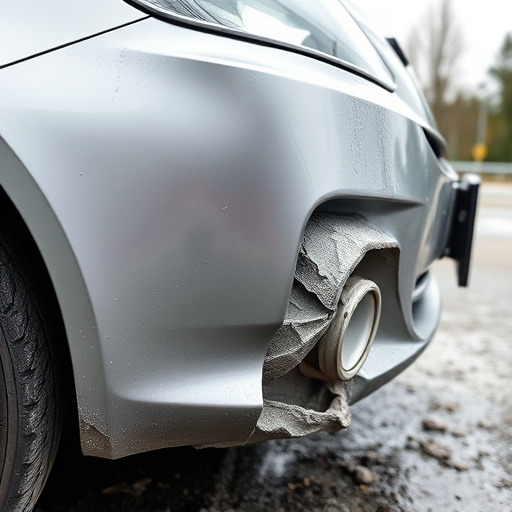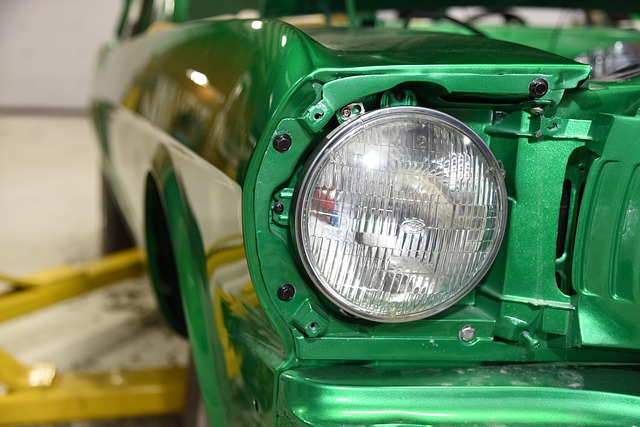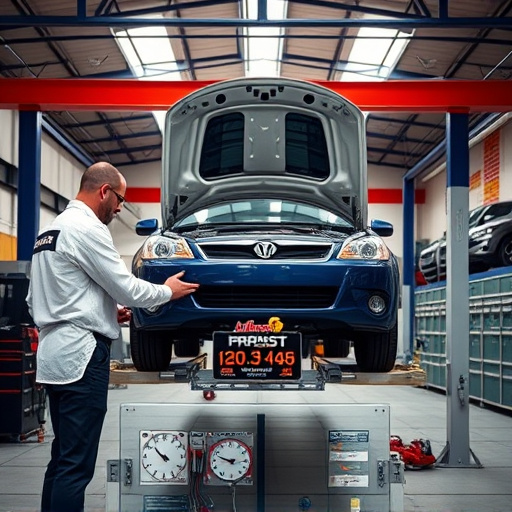The automotive industry shifts towards low-VOC collision repair due to environmental and health concerns associated with traditional high-VOC paints. This greener alternative minimizes air pollution, greenhouse gas emissions, and health risks for technicians while appealing to environmentally conscious consumers and insurance providers. Low-VOC options offer cost savings, faster curing times, minimal odor, and higher quality finishes, aligning with sustainable business practices and stricter environmental regulations.
Insurance providers are increasingly approving low-VOC (volatile organic compound) collision repair options due to their significant environmental, health, and financial benefits. This approach reduces the release of harmful substances, improving the safety of repair technicians. By adopting low-VOC methods, shops can also lower operational costs and enhance customer satisfaction, as these techniques are more cost-effective and eco-friendly. This shift reflects a modern commitment to sustainability and worker well-being within the automotive industry.
- Reducing Environmental Impact: The Low-VOC Approach
- Health and Safety Benefits for Repair Technicians
- Cost Efficiency and Customer Satisfaction Advantages
Reducing Environmental Impact: The Low-VOC Approach
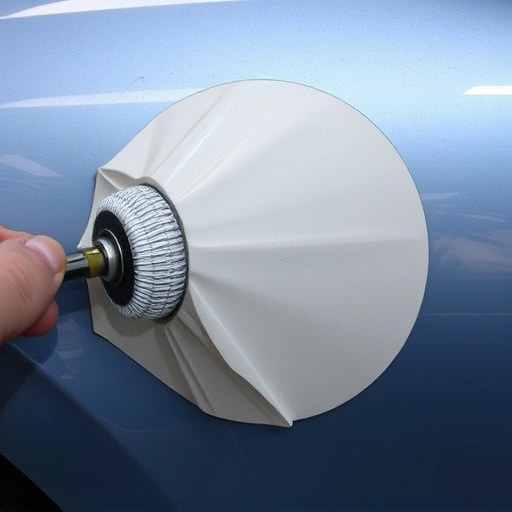
The automotive industry has seen a significant shift towards sustainability, and insurance providers are taking notice. Low-VOC (volatile organic compound) collision repair is emerging as a preferred choice for several reasons, one being its environmental benefits. When a vehicle suffers damage, traditional dent repair and auto body repair methods often involve the use of high-VOC paints and materials, which can have detrimental effects on the environment. These compounds contribute to air pollution and greenhouse gas emissions, leaving a substantial carbon footprint.
Low-VOC collision repair options offer a greener alternative by reducing the release of these harmful substances. Advanced technologies and eco-friendly products are utilized to minimize the environmental impact without compromising on quality. This approach not only aligns with the growing demand for sustainable practices but also ensures that collision centers can operate in a more responsible and regulated manner, appealing to both insurance companies and environmentally conscious consumers.
Health and Safety Benefits for Repair Technicians
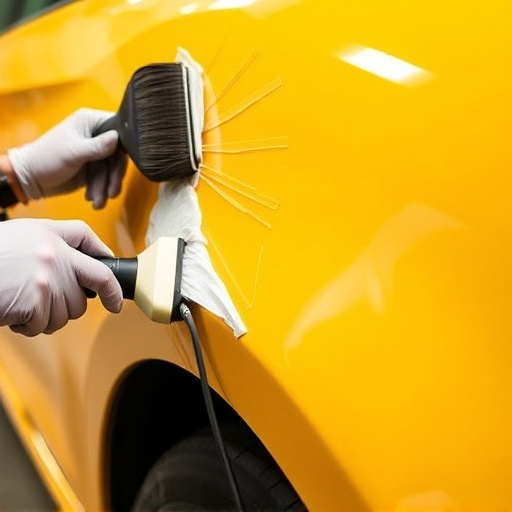
The use of low-VOC (volatile organic compound) collision repair options offers significant health and safety benefits for repair technicians working in car dent removal or vehicle repair shops. Traditional automotive paints and solvents often release harmful fumes, posing risks to the well-being of workers. These toxic chemicals can lead to respiratory issues, skin irritation, and other health complications over time. By adopting low-VOC alternatives, repair technicians are exposed to fewer noxious gases, creating a safer working environment.
Low-VOC collision repair products typically emit less harmful vapor, reducing the need for excessive ventilation or personal protective equipment. This not only enhances the overall well-being of employees but also contributes to improved air quality within the car repair shop. As the demand for eco-friendly and healthier alternatives grows, many insurance providers are encouraging and even rewarding policyholders who opt for low-VOC collision repair options, further underscoring their importance in modern vehicle repair practices.
Cost Efficiency and Customer Satisfaction Advantages
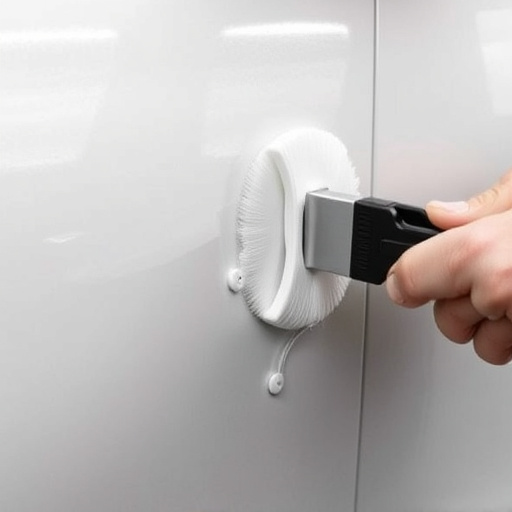
Low-VOC (volatile organic compound) collision repair options offer significant cost efficiency for both insurance providers and policyholders. By adopting these eco-friendly practices, insurers can reduce claims costs associated with traditional high-VOC paint and materials. This is because low-VOC products not only adhere to stricter environmental regulations but also tend to be more affordable due to their simplified manufacturing processes. As a result, insurance providers can pass on these savings to customers in the form of lower repair estimates.
Moreover, prioritizing low-VOC collision repair enhances customer satisfaction. Customers are increasingly conscious of the environmental impact of their choices and appreciate businesses that align with sustainable practices. By offering low-VOC car collision repair services, insurers demonstrate their commitment to eco-friendliness, attracting environmentally aware policyholders. Additionally, these repairs often result in higher-quality finishes and longer-lasting paint jobs due to reduced curing times and minimal odor, ensuring customers are satisfied with the final product and the overall car bodywork services provided.
Insurance providers recognize the growing importance of environmentally friendly and safe practices, which is why they increasingly approve low-VOC collision repair options. This innovative approach not only reduces the environmental impact by minimizing harmful emissions but also offers significant health and safety benefits for technicians and cost efficiency for customers. By embracing these changes, insurance companies are supporting a sustainable future while ensuring top-notch repair quality.

